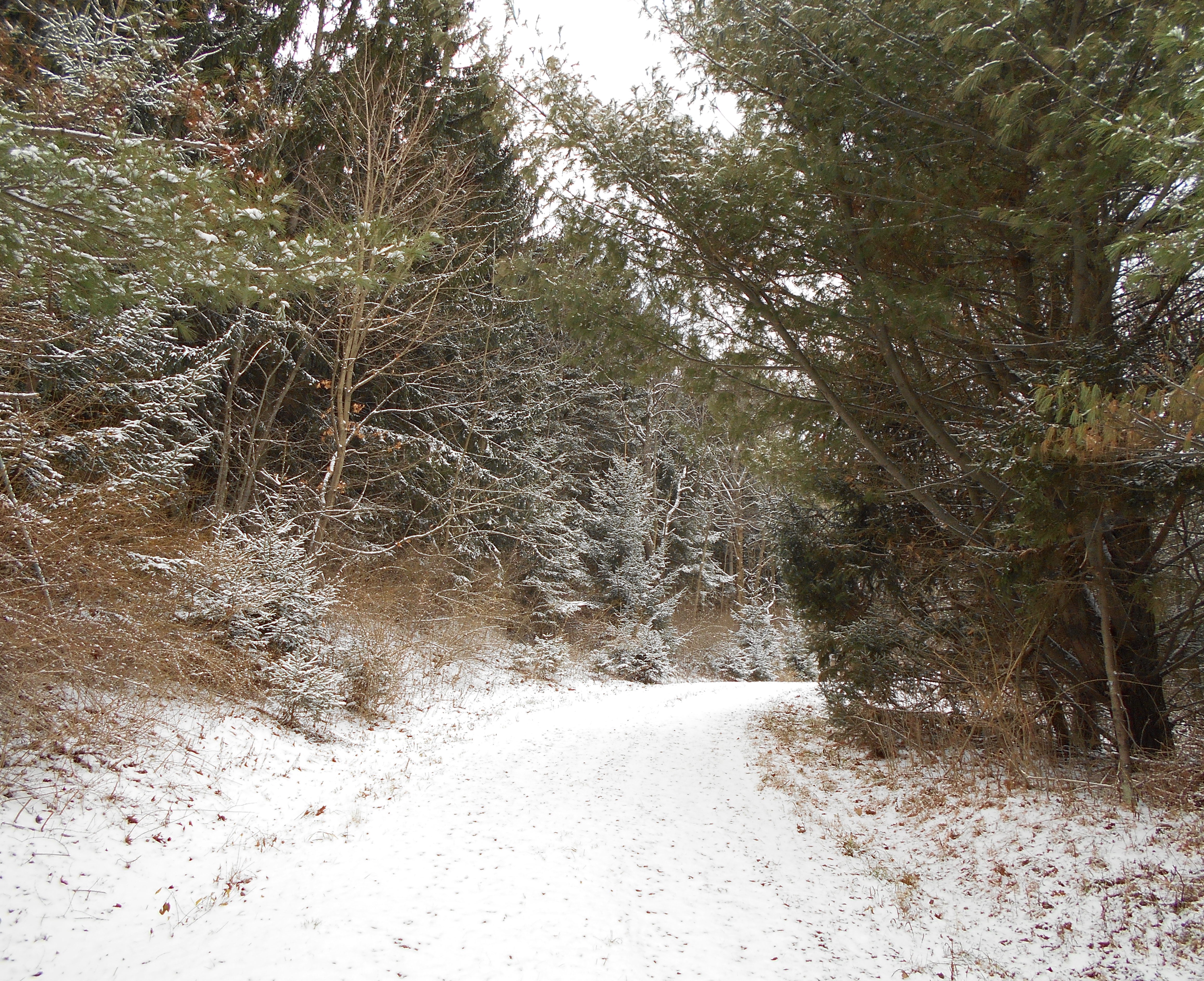As I get older, I realize the images and expectations I once held of “old” people were distorted. We are not those images. I can do so much more now at 65, 75 and older than I once expected I could do. And I sort of laugh gleefully. Aging is a more complex, engaging experience than I ever realized before.
The same applies to facing death. Our culture has a prohibition against speaking openly about the subject, which can be so damaging and isolating to us all.
I once imagined being older was a time of increasing feebleness or diminished capacities. That people spent more time looking backwards than forwards. And that except for maybe having more “free time,” there was nothing positive about it. A popular meme was “don’t trust anyone over thirty” ⎼ until my whole generation was way over thirty. I’ve found there’s plenty of looking back, but there’s even more of an appreciation of each moment now.
It’s true, however, that when I was younger, I might see a doctor once a year, at most. Lately, it’s almost every week. A frequent question that arises when I feel pain or physically “off” in some way, is whether the symptom is due to “normal aging,” or something else. In the past, when I was injured or developed some medical condition, I approached it as a problem to solve. Bodies could usually recover, injuries usually heal. But now, ankle or hand pain, for example, doesn’t heal as quickly as it once did, or at all.
Aging isn’t an illness to recover from. But our attitude or understanding of it is another story. We hopefully re-learn daily who we are. We re-learn what change means, what living means, that living is change. To even breathe we change, every second, taking in, letting go.
And as we get older, so many of those we know leave the world before us. I remember my father, who lived to be exactly 96.5, saying, “I’m the last of my friends, and the last of my relatives from my generation.” There’s an awful pain and loneliness in this. In each friend or loved one’s death we can feel friendship dying in us. We can feel loving is dying; loving is being vulnerable. To love is to make ourselves vulnerable to loss, yet we do it anyway. Dying is there in the loving itself; the two are almost indistinguishable.
So, every once and awhile now, I look up and see the reality of death getting closer. I can’t claim I’ve accepted it. Surprisingly, it doesn’t depress me, despite the moments when I experience intense fear. Or when I realize everything beyond what I can see in front of me right now, beyond what anyone can see, is an unknown we haven’t yet learned how to embrace or face. Maybe death is there as a sign, or a reminder, a message from reality.
And this reality touches and hopefully improves my relationship with everyone, with good friends and relatives, and especially my wife. My wife and I have been together for so many years, and the commitment to each other is as real, as clear as anything could be. As wonderful. As present. There is less judgment. Less impulse to distance. Just feeling.
Yet, different ways to trick myself into ignoring the reality of death still occasionally leap into mind….
*To read the whole article, please go to The Good Men Project.




